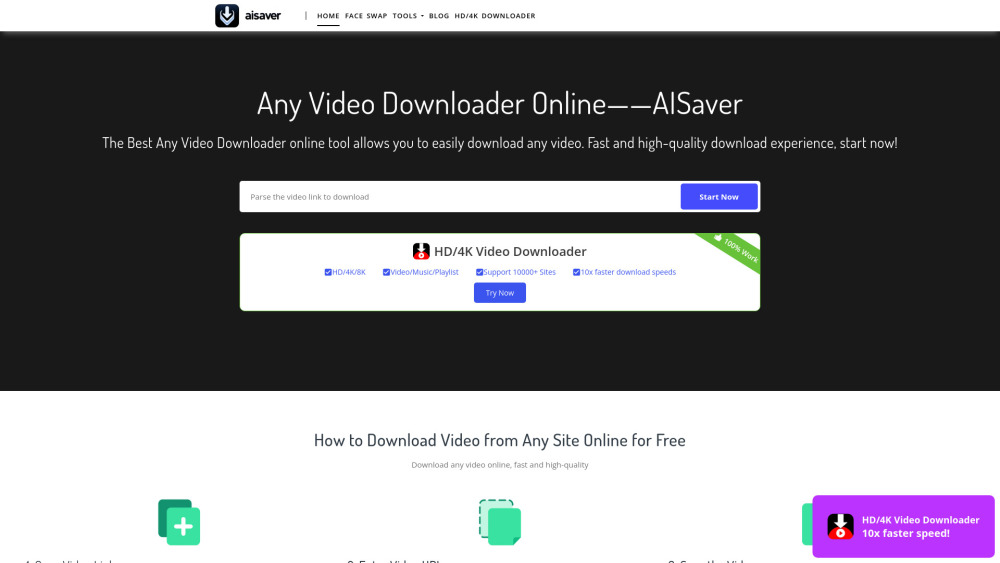Apple researchers have introduced "Keyframer," an innovative AI tool that uses large language models (LLMs) to animate static images based on natural language prompts.
This groundbreaking application, presented in a research paper on arxiv.org titled “Keyframer: Empowering Animation Design using Large Language Models,” signifies a major advancement in integrating artificial intelligence into creative workflows, potentially influencing future Apple products like the iPad Pro and Vision Pro.
Keyframer is powered by a large language model, specifically GPT-4, which generates CSS animation code from static SVG images and textual prompts. The research highlights challenges in applying LLMs to animation, particularly in how users can effectively describe motion in natural language.
Imagine being an animator with a concept in mind. You have static images and a narrative, but the prospect of spending hours animating on an iPad can be daunting. Enter Keyframer: with a few concise sentences, your images come alive on the screen, as if your ideas are seamlessly interpreted by Apple’s LLMs.
The tool allows users to upload an SVG image, enter a prompt like “Make the clouds drift slowly to the left,” and receive generated animation code. Users can refine animations further by editing the CSS code or by adding new prompts. The paper notes that “Keyframer supports exploration and refinement of animations through a combination of prompting and direct editing of generated output.” This user-focused approach was shaped by interviews with professional animators and engineers, highlighting the importance of iterative design and creativity.
“I think this was much faster than many methods I’ve used… I would have spent hours on similar tasks before,” one participant commented.
Keyframer encourages users to adopt an iterative, “decomposed” approach to prompt design, enabling them to adjust goals based on the AI’s responses. “Keyframer enabled users to iteratively refine their designs through sequential prompting, rather than having to consider their entire design at once,” the researchers note. Features for direct code editing provide detailed creative control.
While AI animation tools can democratize design, concerns about losing creative control persist. Keyframer seeks to balance accessible prototyping with user agency by combining prompting with editing.
“Through this work, we hope to inspire future animation design tools that blend the generative capabilities of LLMs with dynamic editors, allowing creators to retain control over their designs,” the researchers conclude.
Keyframer stands to revolutionize the animation landscape, making it more accessible to a wide range of creators—empowering non-experts to animate stories that previously required extensive technical skills. This signifies a shift in the creative process, with AI emerging as a collaborative partner.
The broader implications of Keyframer may usher in a cultural shift, making AI a more intuitive part of the creative experience. This advancement is not just a technological step forward but a catalyst for redefining how we interact with the digital realm. Apple’s introduction of Keyframer could signify the dawn of a new era where the distinction between creator and creation blurs, guided by the capabilities of artificial intelligence.





